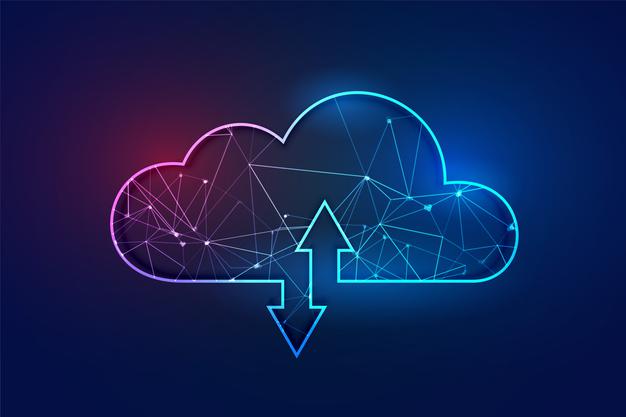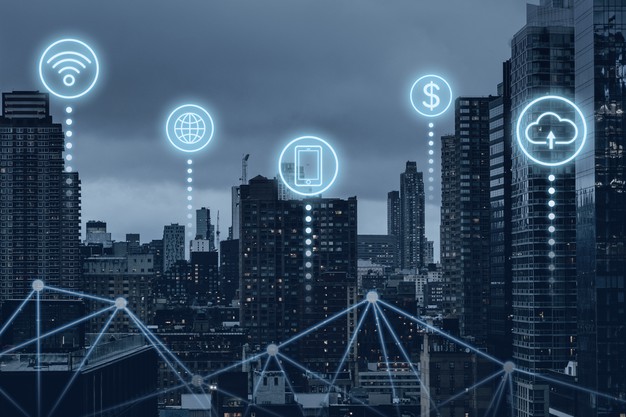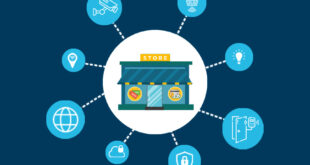The telecom industry is undergoing massive transformation and growth because of the uptake of mobile and IoT technology. However, industry growth also predicts the occurrence of market saturation. That said, telcos need to consider how they can maintain a competitive advantage as the market dynamics shift.
Digital transformation in telecom companies—spurred and sustained by companies like these—will continue to power cost-effective and reliable solutions. For example, with the help of cloud-native network functions and containerized workloads, telcos can live up to expectations and guarantee 5G coverage to their customer network.
These forward-thinking solutions can also help prominent telcos respond to worldwide events such as the COVID-19 pandemic that stirred fundamental changes in consumer behavior. Fortunately, the pandemic accelerated changes as more telcos strived to streamline wireless services.
5G is real

Wireless network technology is going to improve over the next few years. Consumers are excited for 5G wireless network tech, which promises lower latency, more speed, and better battery consumption. In addition, the 4G LTE network upgrade is also expected to have better bandwidth, which means users can connect more devices. This connection revolution means that consumers won’t have to worry about spotty connections in a crowded area.
Better connections also support the adoption of intelligent devices, such as smart cars. Finally, lower latency is promising for both businesses and end-users because it translates to faster speed sites when using the internet to stream, shop on Amazon, or make phone calls.
Leveraging IT and cloud technologies

The telecom industry is no stranger to the virtualization of services to improve service provision. However, Kubernetes is the upcoming technology, and more telcos will adopt it. This open-source system enables telcos to deploy services in containers at faster speed and lower opportunities for failure.
With Kubernetes, telcos can automate deployment, management, and scaling of containerized microservices. Since it’s open-source, Kubernetes also trims down developers’ workloads. With Kubernetes at developers’ disposal, apps will be more available to users. What’s more, the technology powers self-healing should one pack of microservices fail.
Given the development of 5G technology, telcos are shifting to containerization or CaaS to provide fast services and scale optimally. Telcos will continue to depend on artificial intelligence (AI) to analyze big data and provide consumer-focused services, as data insights continue to drive decision-making among service providers.
Powered with Kubernetes technology, telcos can also optimize networks. AI will also power automated service delivery by analyzing storage needs, planning for capacity, deploying upgrades, and streamlining management. Predictive data, in particular, will help telcos stay in business by predicting failures, ensure swift communication with customers, predict maintenance needs, and anticipate customer demands.
An increase in telecommuting to change demand

Although telecommuting had taken off, the global pandemic accelerated the adoption of this work model. In addition, enforced stay-at-home orders, travel restrictions, and work-from-home measures led to the rise of remote collaboration. For most telcos, business boomed as people shifted to virtual partnerships for business and personal reasons. However, the sudden shift in demand challenged the speed of service delivery. Fortunately, the market demand moves hand in hand with the development of containerization and 5G networks. Therefore, consumers will continue to rely on these services moving forward.
IoT has huge potential

IoT is a gold mine for communication service providers (CSPs). The adoption of devices is quickly becoming a norm among consumers. Smartwatches, for instance, are a booming part of the health and wellness industry. These wearable devices are transforming healthcare by monitoring patient vitals. Healthcare service providers rely on this real-time data to monitor and treat patients. Users also enjoy real-time updates and automated data transfer about their vitals.
For telcos, the opportunity lies in regulating the communication between IoT devices. Security is a significant concern for all stakeholders. Telcos can provide secure communication between connected devices and monitor and bill communication services. The healthcare industry is particularly ripe with opportunity because healthcare data is private information.
However, telcos should also realize that any security breaches will throw them in a negative light. Therefore, solid strategies and technologies to protect consumer information are critical for businesses that hope to handle private data. Also, more countries are developing consumer-centric data protection laws, which impose strict regulations and penalties on companies handling consumer data.
Increased competition

5G will pave the way for new players who will aggressively provide modern services to B2B customers. The competition will be stiff, and telcos may have to contend with a shared market and digital service providers. Existing telcos have a competitive advantage because they have an established customer base. What’s more, the shift from 4G to 5G will take time.
However, the ability to improve service quality ultimately determines customer loyalty. Customers will drift toward companies that offer service baskets at affordable prices. Telcos may have to collaborate and partner with other telcos and vendors to survive the dynamic ecosystem.
COVID-19 will influence consumer behavior

The COVID-19 pandemic will leave long-lasting impacts on consumer behavior. Customers are accustomed to fast and efficient online communication and automated services. Moving forward, customers will expect (and demand) virtual assistance. Continuous virtual support without field technicians will continue to be a deciding factor among customers. Telcos cannot afford to reduce virtual service quality and revert to exclusive on-premise services.
Consumers have grown accustomed to streaming services and will continue to choose between streaming services over cable entertainment. However, users will need reliable internet access to enjoy these services. Therefore, any telco striving to retain and attract customers needs to provide reliable and affordable internet services with swift responses to interruptions.
Partnerships with the real estate industry

The development of the 5G network will inspire partnerships between the real estate industry and telcos. The current backhaul for internet services relies on cabled networks. However, with 5G, users can enjoy faster internet connections through microwave links. To reduce costs and provide consumers with faster services, players in the real estate industry will turn to telcos to provide 5G services.
More telcos will align with green initiatives

The telecommunication industry is one of the biggest energy consumers, especially electricity. There is a global push towards climate-friendly solutions, and it will be interesting to observe how telcos will overcome this hurdle. Telcos will have to take practical steps to reduce their carbon footprint and adopt sustainable practices.
Wrap up
These are some of the anticipated changes in the telecom industry over the next ten years. CSPs should find ways to improve service delivery and retain customer loyalty amidst growing competition. As internet-based technology continues to change the world, telcos can expect business but watch out for stiff competition.
 Imagup General Magazine 2024
Imagup General Magazine 2024



